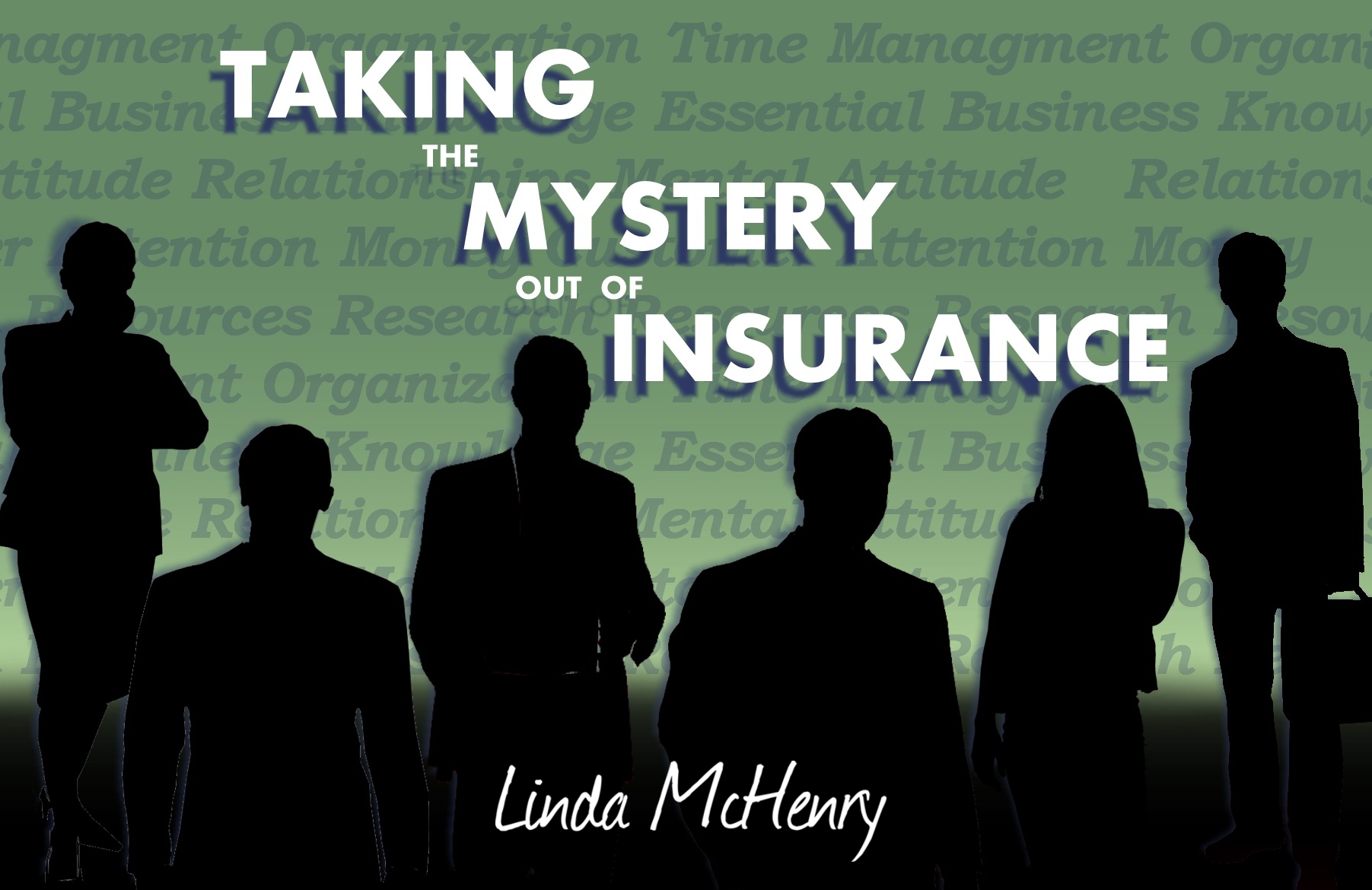
The insurance industry is an “essential” business during the coronavirus pandemic and all the related upheaval social distancing and self-quarantining has created. Those of us who are fortunate enough to be able to continue working in the industry are finding as many ways as possible to help those who can’t work, or who can only work limited hours, and are suffering financially.
Please check with your insurance agents and insurance companies to see what assistance is being made available to you. Here are 3 types of help you should be able to obtain immediately with respect to your current insurance policies. In many cases, these actions are MANDATED by federal or state law.
- Health insurance companies are waiving patient cost-sharing in the forms of deductibles, co-payments, and coinsurance
- Insurance carriers have suspended the issuance of cancellations for failure to pay premiums when due–for a certain time period (i.e., until May 1)
- Some insurance carriers are allowing people to extend the due date of premiums due on renewal policies for a certain time IF they call the carrier at a designated phone number to make arrangements
Each insurance company will be responding differently based on a number of factors, so call your agent or insurer to find out what type of assistance is being offered. The National Association of Insurance Commissioners has created a Coronavirus Recourse Center on its website, which can be found here.
Many insurance companies, agencies, and other professionals are publishing and broadcasting all kinds of information to help but take care to be sure you’re listening to a reputable source. As we often see on social media, some individuals thriving on exploiting others.
Feel free to reach out to me with any questions you might have about, and I’ll get you an answer.






